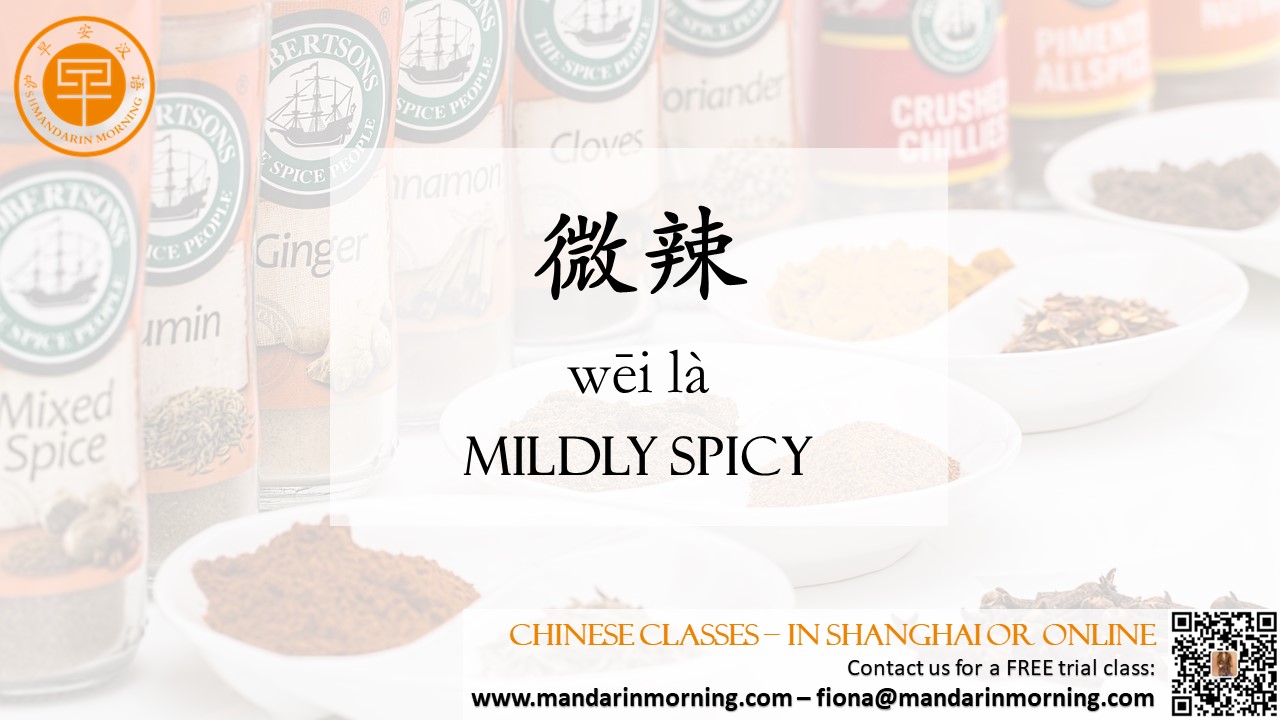| Every blog about Sichuanese cuisine must start with hot pot. It’s the law. For those of you still getting used to the spice levels in Chengdu cuisine, ask for your dish to be 微辣 “wēi là”, meaning “(only) slightly spicy”. Still too spicy? Try adding plenty of vinegar into your side dip and ordering a tried-and-tested spice neutralizer to drink on the side: natural yoghurt, or local favourite, a cold can of 王老吉凉茶 (Wáng Lǎo Jí Liáng Chá, a kind of herbal tea).  Sichuanese Hot Pot 四川火锅 (Sìchuān Huǒguō) What could be better on a chilly Chengdu night than gathering around a bubbling pot of fiery goodness with friends – until you’re all literally sweating out the chilli oil? Order your raw dishes (potato slices, bamboo shoots, tender beef, silken tofu, pig’s brain… you name it, they probably have it on the menu) and drop each piece into the pot in turn. Watch in fascination as it glistens and shimmers in the red-hot soup of chilli, ginger, cloves and star anise, cooking before your eyes. Now for the tricky bit – fish that piece out again with those extra-long hot pot chopsticks – and enjoy! Chuan Chuan 串串 A relatively modern twist on the age-old hot pot tradition, Chuan Chuan is basically a cheaper and easier alternative to your typical hot pot restaurant. Instead of relying on waiting staff to bring over your raw dishes on plates, you pick them out yourself from fridges stationed around the room. You will often only pay 1-2 yuan per skewer, which is astoundingly good value in comparison to the more luxurious, tourist-oriented hot pot chains. Skewers are simply tallied up at the end of your meal, and added to the base price of the hot pot, so you can eat as much or as little as you like. Hot Pot Style Stew 冒菜 (Mào Cài) You’ll find much the same raw ingredients in the fridges of a Mao Cai restaurant as on a hot pot menu: fresh green vegetables, various types of tofu, mushrooms, quails’ eggs, uncooked noodles and slices of raw fish, poultry, pork and beef. Grab a bowl from the counter – one for veggies, the other for meat/eggs – and take as much or as little as you fancy. Your bowls will be weighed to work out how much you owe, and they’ll ask you whether you want your food to be cooked in mildly spicy stew (微辣), moderately spicy stew(中辣)or very spicy stew (特辣). Your hot-pot style stewed meats and veggies will then be brought to your table within ten minutes, served with a generous portion of white rice. Perfect for a quick lunch! Dan Dan Noodles 担担面 (Dàndan Miàn) The best things in life are simple. Fresh, hot noodles with a splash of black vinegar, soy sauce, chilli, ground Sichuan peppercorns and garlic – then topped with ground pork and scallions. The name of this Chengdu speciality comes from the shoulder pole (担)that walking vendors once used when selling the noodles in the streets of Chengdu. On each end of the bamboo pole was a basket – one for the noodles, the other for the sauce. Pock-marked Grandma’s Tofu 麻婆豆腐 (Mápó Dòufu) Despite its rather odd name, this is one of those Sichuanese dishes whose popularity has spread beyond the province. You’ll find variations of it in pretty much any town or city across China. Cubes of silken tofu (beancurd) are coated in a bowl of spicy, aromatic sauce – usually made up of fermented bean paste, minced beef, spring onion, and of course the dastardly duo: chilli pepper and Sichuan peppercorn. The tofu is served soft and crumbly, so you’ll want to order some rice on the side. Kung Pao Chicken 宫保鸡丁 (Gōng Bǎo Jī Dīng) Kung Pao Chicken, as its known in the West, appears on the menus of Chinese restaurants around the world. The combination of marinated chicken, crunchy peanuts and bright red chillies was apparently very popular with a certain Ding Baozhen, who was a governor of Sichuan province in the late Qing Dynasty (late 1800s). His official title was 宫保 Gōng Bǎo, or “Defender of the Imperial Palace”, which is where the Mandarin name comes from. Kung Pao Chicken is one of those dishes that tastes as good as it looks. Classic sweet and sour sauce is upgraded with a hint of Sichuan peppercorn to make your lips tingle. |